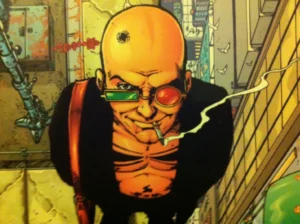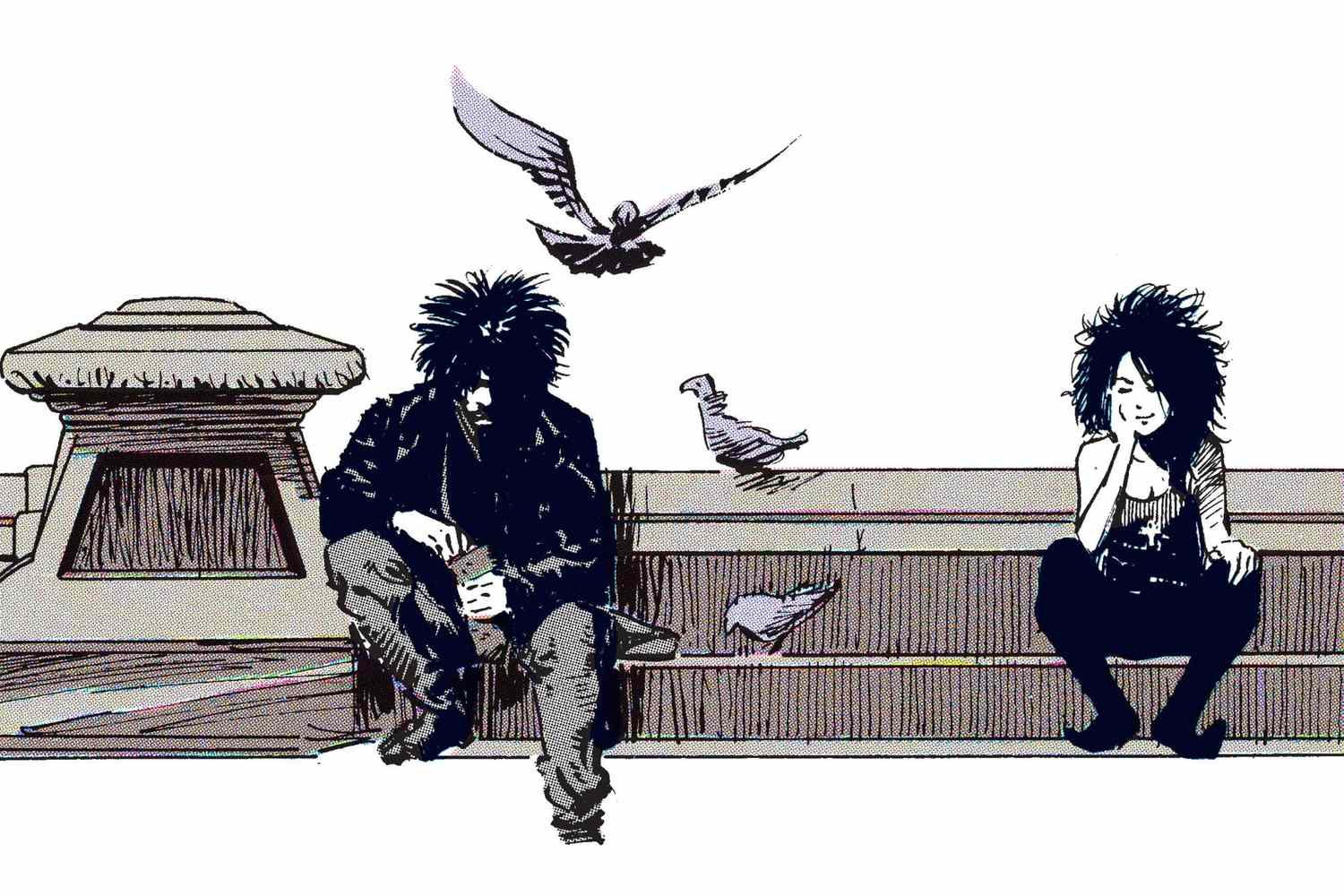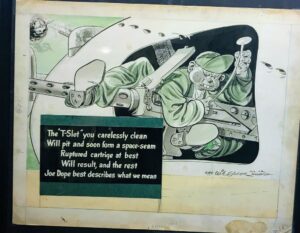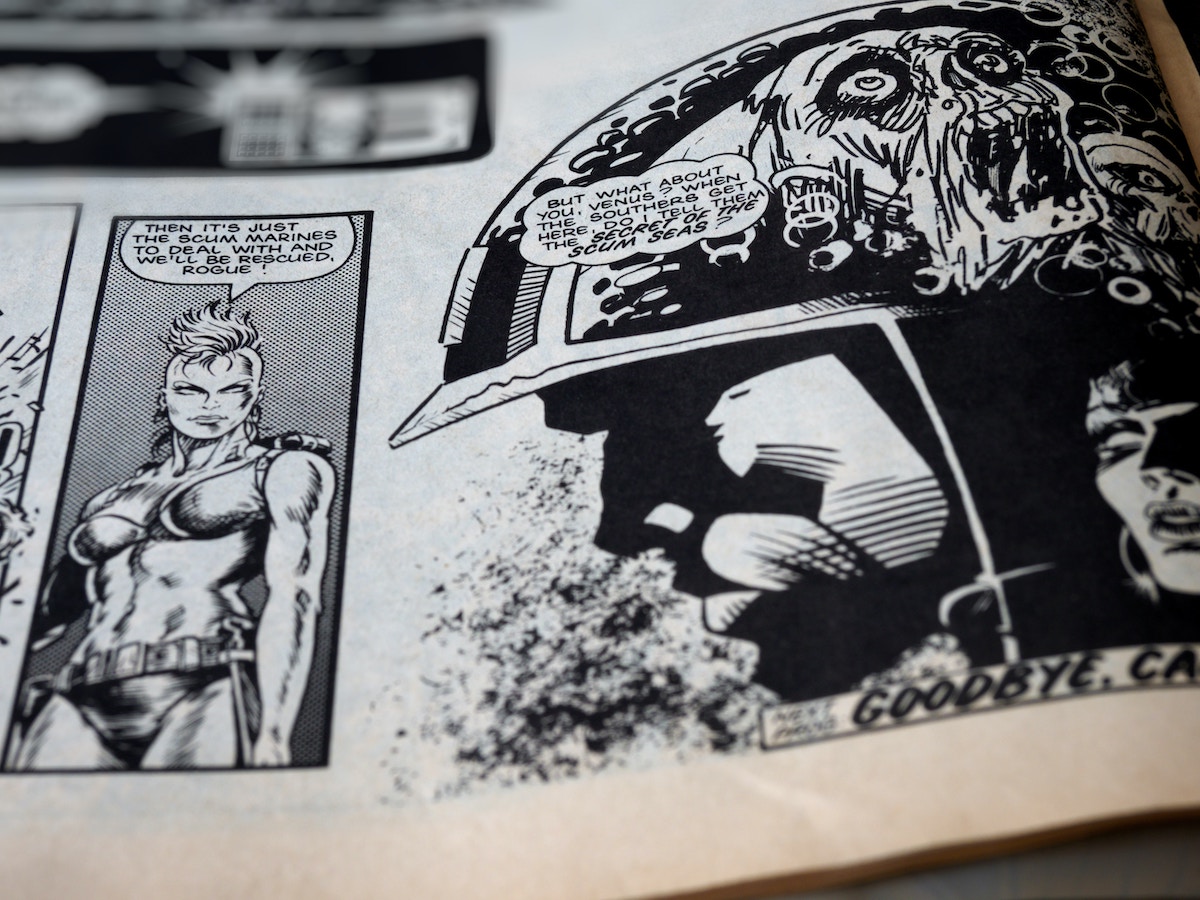Unveiling the rich history, diverse subgenres, and influential works in the captivating realm of graphic novels.
Graphic novels have emerged as a powerful and dynamic form of storytelling, captivating readers of all ages with their unique fusion of art and narrative. These visually engaging masterpieces have redefined the literary landscape, bridging the gap between traditional prose and visual storytelling. In this article, we delve into the genre of graphic novels, tracing its origins, exploring its evolution, and shining a spotlight on some of the most influential works and authors that have shaped this fascinating realm.
Defining the Genre: Embracing Artistic Narratives
At its core, a graphic novel is a book-length work that employs illustrations, often in a comic book style, to convey its narrative. These illustrations are more than just pictures; they play an integral role in advancing the storyline, complementing the written text, and adding depth to the characters and their emotions. Graphic novels encompass a wide array of genres, themes, and artistic styles, making them a versatile medium that appeals to a diverse audience.
History and Development: From Humble Beginnings to Literary Prowess
The roots of graphic novels can be traced back to ancient times, where visual storytelling was prevalent in ancient Egyptian and Roman art. However, it wasn’t until the late 18th and early 19th centuries that the concept of “sequential art” gained prominence through the works of artists like Rodolphe Töpffer and William Hogarth. These pioneers utilized sequential visual panels to depict humorous and satirical stories.
The modern graphic novel, as we know it today, owes much of its development to the comic book industry of the early 20th century. Comics, with their serialized storytelling and captivating illustrations, gained immense popularity during the Great Depression. The release of “Action Comics #1” in 1938, featuring the iconic Superman, marked the beginning of the superhero genre’s rise.
The term “graphic novel” itself was popularized in the late 1960s and early 1970s by the publication of works like Will Eisner’s “A Contract with God” and Richard Kyle’s “Graphic Story Magazine.” These creators sought to elevate comics to a more mature and respected form of literature, garnering critical acclaim and laying the foundation for the graphic novel revolution.
Key Subgenres: Exploring the Vast Spectrum
The world of graphic novels encompasses a rich tapestry of subgenres, each bringing its own unique themes, art styles, and storytelling techniques to the table. Let’s take a closer look at some of the key subgenres that have flourished within this dynamic literary medium:
1. Superhero Adventures
One of the most recognizable and influential subgenres in graphic novels is the realm of superheroes. Embodied by iconic characters like Superman, Batman, and Spider-Man, superhero comics have enthralled readers for generations. These tales of extraordinary individuals fighting for justice and battling supervillains have become an integral part of pop culture.
Notable Work: “Watchmen” by Alan Moore and Dave Gibbons – This groundbreaking graphic novel deconstructs the traditional superhero narrative, exploring complex themes of power, morality, and identity.
2. Fantasy Epics
Within the realm of graphic novels, fantasy epics transport readers to enchanting worlds filled with magic, mythical creatures, and epic quests. The genre has given rise to enthralling tales of heroism, exploration, and self-discovery.
Notable Work: “Sandman” by Neil Gaiman – This fantastical saga follows Dream, one of the Endless, as he navigates through the realm of dreams, weaving intricate and captivating stories.

3. Autobiographical Narratives
Graphic novels have become an outlet for personal expression, allowing creators to share their life experiences, struggles, and triumphs in a deeply intimate way. Autobiographical graphic novels offer a glimpse into the lives of their authors, fostering empathy and connection with readers.
Notable Work: “Persepolis” by Marjane Satrapi – A poignant memoir depicting the author’s coming-of-age during the Iranian Revolution, offering a powerful exploration of identity and cultural displacement.
4. Historical Retellings
Some graphic novels take readers on a journey through history, reimagining significant events, or shedding light on lesser-known narratives. These works provide a visually compelling and accessible approach to learning about the past.
Notable Work: “Maus” by Art Spiegelman – A harrowing Holocaust narrative that employs anthropomorphic animals to depict the human characters, offering a haunting and emotional portrayal of the author’s father’s experiences.
5. Science Fiction Wonders
Science fiction graphic novels delve into speculative and futuristic worlds, exploring technology, space exploration, and the human condition in the face of the unknown.
Notable Work: “Akira” by Katsuhiro Otomo – A cyberpunk masterpiece set in a post-apocalyptic Neo-Tokyo, blending captivating visuals with a complex narrative.
Influential Books and Authors: Pioneers of the Graphic Novel Renaissance
The graphic novel landscape is graced by visionary authors and artists who have left an indelible mark on the medium, pushing its boundaries and elevating its status in the literary world. Here are some influential works and creators that have shaped the trajectory of graphic novels:
- Art Spiegelman: Widely regarded as a pioneer of the graphic novel genre, Spiegelman’s “Maus” (1986) earned critical acclaim for its emotional and raw portrayal of the Holocaust. The graphic novel won the Pulitzer Prize, cementing its place in literary history.
- Alan Moore: Renowned for his revolutionary works, Alan Moore’s “Watchmen” (1986) stands as a monumental achievement in graphic storytelling. The deconstruction of the superhero genre and the exploration of complex themes set a new standard for the medium.
- Neil Gaiman: With his captivating and imaginative storytelling, Neil Gaiman’s “Sandman” (1989) became an iconic fantasy epic that expanded the possibilities of what graphic novels could achieve.
- Alison Bechdel: “Fun Home” (2006), Bechdel’s powerful and introspective memoir, played a significant role in bringing the graphic novel format into mainstream literary discussions, receiving widespread acclaim.
- Marjane Satrapi: “Persepolis” (2003) is Satrapi’s compelling account of growing up in Iran during the Islamic Revolution, touching readers with its authenticity and emotional depth.
- Osamu Tezuka: Known as the “God of Manga,” Tezuka’s prolific body of work and the creation of “Astro Boy” (1963) helped establish manga as a globally recognized art form.
- Chris Ware: Renowned for his intricate and emotionally resonant works, Ware’s “Jimmy Corrigan: The Smartest Kid on Earth” (2000) received widespread acclaim for its poignant storytelling and unique art style.
Conclusion: Unraveling the Infinite Potential of Graphic Novels
The realm of graphic novels is a vast and boundless universe, one that continues to evolve and push the boundaries of storytelling. From its humble origins as sequential art to its current status as a respected and celebrated literary medium, graphic novels have carved their niche in the literary world.
Through superhero epics, fantastical journeys, intimate memoirs, historical retellings, and futuristic wonders, graphic novels have captured the hearts and minds of readers worldwide. As the genre continues to grow and diversify, it opens new avenues for creators to share their visions, emotions, and narratives with an ever-widening audience.
Embracing the rich history, exploring the diverse subgenres, and celebrating the influential works and authors within the graphic novel universe provides a glimpse into the endless potential of visual storytelling. Whether you’re a seasoned graphic novel enthusiast or a curious newcomer, this captivating genre awaits, inviting you to embark on a visual literary adventure like no other.
- A Glimpse into the Revolutionary World of Transmetropolitan
 Delve into Warren Ellis’s “Transmetropolitan,” a dystopian masterpiece following journalist Spider Jerusalem’s quest in a corrupt metropolis. Ellis’s narrative brilliance and social commentary captivate readers, while vivid characters and themes resonate with contemporary society. “Transmetropolitan” stands as a landmark in graphic fiction, challenging conventions with its audacious storytelling.
Delve into Warren Ellis’s “Transmetropolitan,” a dystopian masterpiece following journalist Spider Jerusalem’s quest in a corrupt metropolis. Ellis’s narrative brilliance and social commentary captivate readers, while vivid characters and themes resonate with contemporary society. “Transmetropolitan” stands as a landmark in graphic fiction, challenging conventions with its audacious storytelling. - V For Vendetta: Unveiling Alan Moore’s Powerful Dystopian Masterpiece
 In the realm of graphic novels, few works have left as indelible a mark as “V for Vendetta” by Alan Moore. Explore the labyrinthine depths of Moore’s storytelling prowess as we dissect the intricate layers of plot, characters, and themes within this iconic masterpiece. Alan Moore: The Maestro of Graphic Narratives Alan Moore stands as …
In the realm of graphic novels, few works have left as indelible a mark as “V for Vendetta” by Alan Moore. Explore the labyrinthine depths of Moore’s storytelling prowess as we dissect the intricate layers of plot, characters, and themes within this iconic masterpiece. Alan Moore: The Maestro of Graphic Narratives Alan Moore stands as … - Watchmen: Unveiling Alan Moore’s Masterpiece
 Introduction Welcome to the intriguing world of Watchmen, a groundbreaking graphic novel by British writer Alan Moore, illustrated by artist Dave Gibbons. With its unique storytelling, complex characters, and thought-provoking themes, Watchmen stands as a cornerstone in the realm of comic books and graphic novels. A Brief Introduction to the Author and Their Style Alan …
Introduction Welcome to the intriguing world of Watchmen, a groundbreaking graphic novel by British writer Alan Moore, illustrated by artist Dave Gibbons. With its unique storytelling, complex characters, and thought-provoking themes, Watchmen stands as a cornerstone in the realm of comic books and graphic novels. A Brief Introduction to the Author and Their Style Alan … - Exploring the Enchanting World of “The Sandman”: A 10 volume Masterpiece of Graphic Literature
 In the realm of graphic novels, few works have attained the legendary status and enduring acclaim of Neil Gaiman‘s “The Sandman.” With its rich storytelling, complex characters, and thought-provoking themes, this literary masterpiece has left an indelible mark on the world of comics and literature as a whole. In this deep dive, we will journey …
In the realm of graphic novels, few works have attained the legendary status and enduring acclaim of Neil Gaiman‘s “The Sandman.” With its rich storytelling, complex characters, and thought-provoking themes, this literary masterpiece has left an indelible mark on the world of comics and literature as a whole. In this deep dive, we will journey … - Unveiling Alan Moore: The Literary Wizard of Comics in 5 Essential Publications
 Alan Moore: a name that resonates with comic book aficionados, literary connoisseurs, and pop culture enthusiasts alike. This visionary writer has transcended the boundaries of conventional storytelling, weaving intricate narratives that challenge our perceptions of the medium. In this in-depth exploration, we delve into the multifaceted world of Alan Moore, from the diverse genres he’s …
Alan Moore: a name that resonates with comic book aficionados, literary connoisseurs, and pop culture enthusiasts alike. This visionary writer has transcended the boundaries of conventional storytelling, weaving intricate narratives that challenge our perceptions of the medium. In this in-depth exploration, we delve into the multifaceted world of Alan Moore, from the diverse genres he’s … - The Evolution of Graphic Novels: Top 20 Must-Read Classics
 In the ever-evolving landscape of literature, graphic novels have carved out their own unique niche, captivating readers with their blend of visual artistry and storytelling prowess. This article delves deep into the world of graphic novels, exploring their definition, historical roots, and notable developments. We’ll also highlight 20 essential graphic novels that have left an …
In the ever-evolving landscape of literature, graphic novels have carved out their own unique niche, captivating readers with their blend of visual artistry and storytelling prowess. This article delves deep into the world of graphic novels, exploring their definition, historical roots, and notable developments. We’ll also highlight 20 essential graphic novels that have left an …


